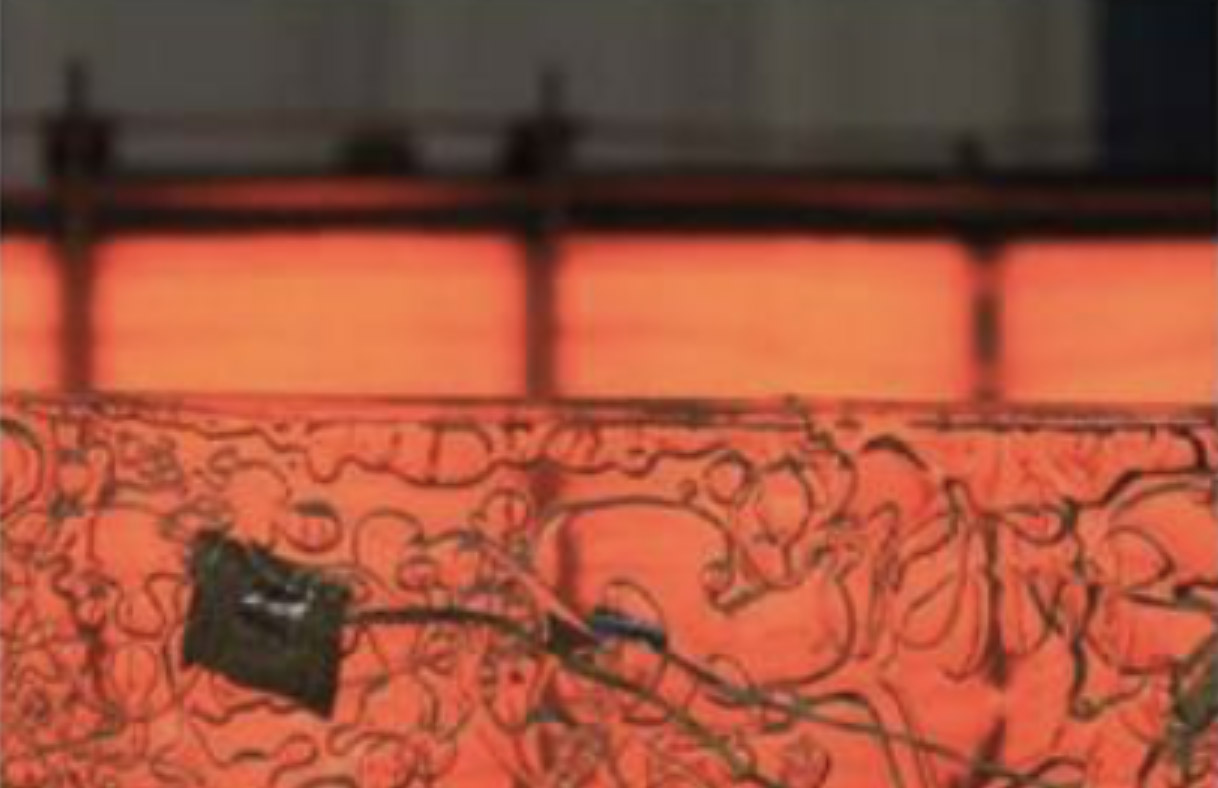Behaviour of Different Glass Elements subjected to Elevated Temperatures – State of the Art
DOI:
https://doi.org/10.7480/cgc.7.4489Downloads

Abstract
Glass has become an indispensable construction material. However, in extreme events such as fire, the behaviour of glass elements is still relatively unknown. The susceptibility of glass to thermal shock and its changeable material properties when subjected to high temperatures make predicting the behaviour of glass elements during fire complex. Practical applications of fire-resistant glazing, however, already exist as infill panels and frameless glass walls/doors, and are commonly used. They are highly effective to maintain compartmentation, providing temporary protection of the unexposed side against the passage of flames and smoke and, depending on the classification, they also provide thermal insulation. This paper gives an overview of experimental research performed on glazing subjected to fire loading. Outcomes of temperature-dependent properties, monolithic glazing and multi-glazed products are summarised to create an insight in the thermal behaviour. The current shortcomings to determine the fire resistance of glazing are identified and promising numerical software developments are summarised.
Published
Issue
Section
Numerical Modeling & Experimental Validation
Keywords:
Fire Resistance, Thermal Shock, Fire Loading, Temperature-dependent Properties, Numerical ModellingLicense
Copyright (c) 2020 Evelien Symoens, Ruben Van Coile, Jan Belis

This work is licensed under a Creative Commons Attribution 4.0 International License.



